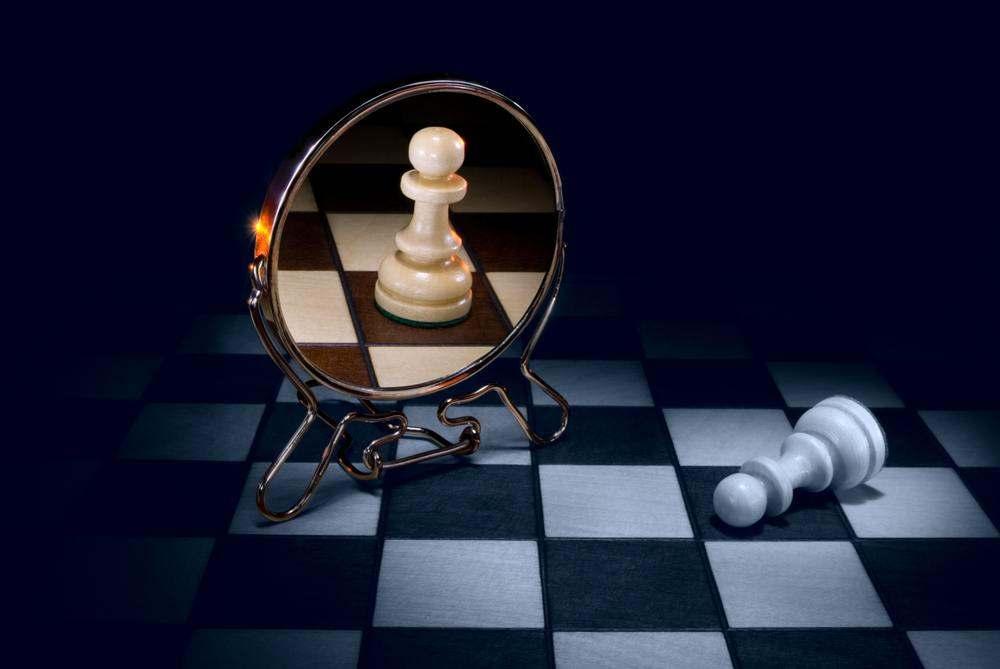
Beat The Symmetry!
Last week, we discussed that in good hands a symmetrical position can be a very dangerous weapon. But judging by my own experience, it is more common that chess players try to use symmetry to achieve a draw playing against stronger opponent or when the tournament situation requires a draw.
Some chess players even refuse to play the French or Slav Defense as Black out of fear that their opponents will get "an instant draw" by playing the exchange variation. Today we will discuss how to deal with such a strategy.
In general, when your opponent shows clear desire to get a draw (even playing White!), it is a sign that he'll try to avoid complications. So, if you are an aggressive, attacking player you should be able to find a way to complicate a position.
Look how it was done by always creative GM Morozevich:
If it is difficult to complicate the game, or you are simply a positional chess player, then a totally opposite strategy can also be very unpleasant for your opponent. Play a long positional game; the longer the better! Your opponent wants a draw, but even though the position is even, there is no draw right away.
The longer the game lasts, the more impatient he can become to get the draw which he is "supposed to get" in the exchange variation. At some point your opponent will probably crack; they almost always do!
The next game is a very good illustration of this strategy. A very strong GM, Mikhail Gurevich, needed only a draw to qualify to the Candidates matches. Even though Gurevich wasn't objectively weaker than his opponent, he decided to play a "surefire" variation to get a draw. Slowly but surely he got completely outplayed!
So, which way is more efficient to deal with an opponent desperately looking for a draw? It depends on the particular position! Look at the two gems of Bobby Fischer where he beat his opponents in completely different styles!

GM Efim Geller was one of few chess players who had a lifetime positive score vs. Bobby Fischer, so he was definitely not afraid of him. But when he played the following game he was one of the tournament leaders and therefore didn't want to take much risk.
Moreover, after he played his seventh move (7.cxd5) he offered Fischer a draw. Fischer rejected the offer and slowly ground down his opponent!
It is ironic that in the following game, facing one of the strongest U.S. grandmasters who played the same cxd5 exchange, Fischer won in just 21 moves! Not only that, but he also produced one of his best games ever. Enjoy!
The current world champion just showed us this weekend how he deals with the symmetry in the Slav:
I hope these games played by great chess players will help you to overcome the fear of an inevitable draw in symmetrical openings!






